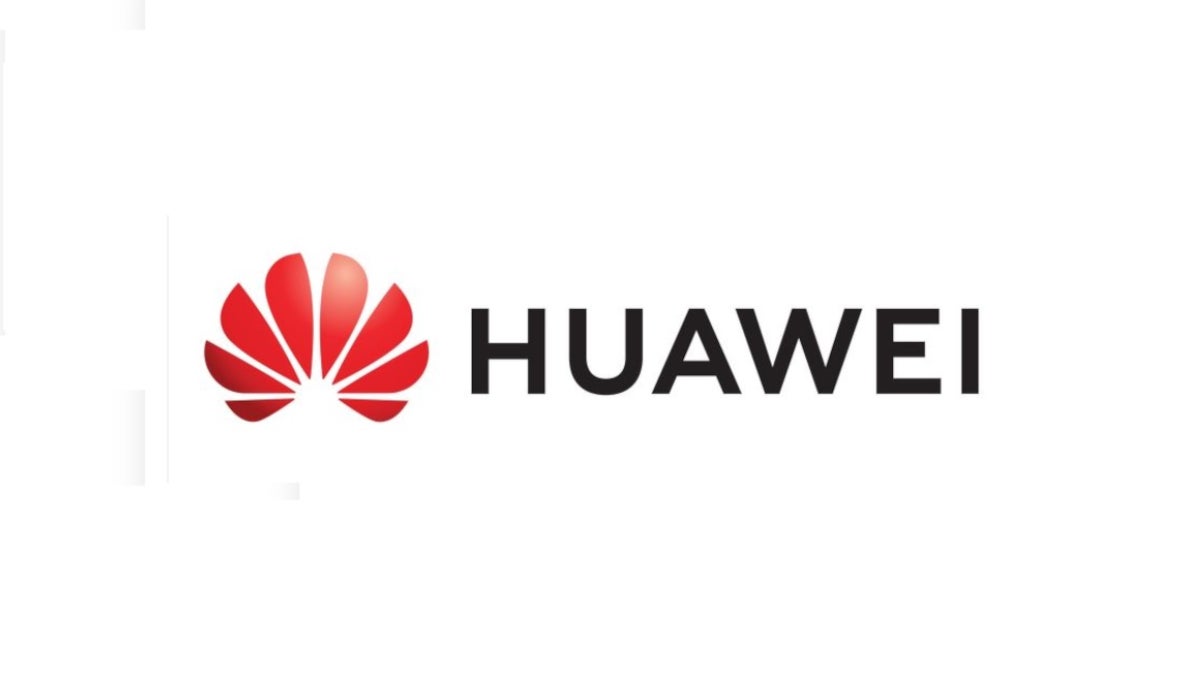Are you wondering how to write content that not only engages your readers but also ranks high on search engines? Have you ever felt that your great content isn’t getting the attention it deserves? What if you could create content that both resonates with your audience and boosts your website’s visibility?
In this article, we’ll break down the key steps to writing SEO-friendly content that ranks. We’ll dive into techniques that help you choose the right keywords, structure your content effectively, and ensure it’s optimized for search engines. By the end of this guide, you’ll have a clear roadmap for writing content that doesn’t just inform, but also performs in search rankings. Ready to learn the secrets behind SEO-friendly writing? Let’s get started!
Understanding SEO and Content Writing
You’ve probably heard the term “SEO-friendly content” thrown around, but what does it actually mean? In simple terms, SEO-friendly content refers to writing that’s crafted with both the reader and search engines in mind. It’s content that not only provides value to your audience but also follows best practices to help search engines like Google understand it, rank it, and make it discoverable.
Imagine this: Over 90% of online experiences begin with a search engine, and a whopping 75% of users never scroll past the first page of results. So, if your content isn’t optimized to appear there, you’re missing out on a lot of potential traffic! SEO-friendly content ensures your pages show up in those coveted spots by including relevant keywords, improving readability, and ensuring your content aligns with what users are actually searching for.
The Role of Content in SEO
Now, let’s talk about why content is so important in SEO. Content is the backbone of your SEO strategy—it’s what search engines crawl and index to determine the relevance of your website. When you create high-quality, optimized content, you’re telling Google that your page is a valuable resource for users.
Here’s a little stat to put it in perspective: According to HubSpot, companies that blog get 55% more website visitors than those that don’t. That’s a huge boost in visibility! But it’s not just about writing more; it’s about writing smart. By producing content that answers user queries, targets the right keywords, and is easy to read and navigate, you create a page that both your audience and search engines will love.
So, when you’re writing content with SEO in mind, remember it’s about finding that sweet spot between delivering value to your readers and optimizing your content for search engines. It’s not enough to just write well—your content needs to be discoverable and structured in a way that helps it rise in the rankings.
Keyword Research for Content Creation
Identifying Relevant Keywords
The first step in creating SEO-friendly content is identifying the right keywords. But how do you find the keywords your audience is actually searching for? It all starts with understanding their needs and the terms they use to search for information.
Let’s say you’re writing about healthy meal planning. Keywords like “healthy meal ideas” or “meal prep for weight loss” are a good start, but to really tap into user intent, you need to think about what specific questions people are asking. A search query like “how to meal prep for the week” may lead to more targeted traffic. Identifying these relevant keywords means considering what your audience is typing into search engines to find the solutions or information you’re providing.
A neat stat from a study by Ahrefs shows that over 90% of search queries are long-tail (meaning, they contain three or more words). This shows how specific and detailed searches have become. So, it’s crucial to target keywords that align not just with your content, but also with the user’s search intent.
Long-Tail vs. Short-Tail Keywords
Difference between long-tail and short-tail keywords, and when to use each.
- Short-Tail Keywords: These are general, broad phrases, usually 1-2 words long. Think of something like “SEO” or “meal planning.” Short-tail keywords get high search volumes, but they’re also incredibly competitive, meaning ranking for them is much harder. For instance, the keyword “SEO” gets millions of searches every month, but it’s dominated by big players in the field.
- Long-Tail Keywords: These are longer, more specific phrases, typically 3 or more words. Examples would be “best SEO practices for small business” or “easy healthy meal prep ideas for beginners.” Long-tail keywords often have lower search volumes, but they come with less competition and attract more targeted traffic. Plus, they usually reflect users who are further along in their buying journey or looking for very specific information.
Here’s a quick stat: Long-tail keywords account for around 70% of all search traffic. This means that focusing on long-tail keywords can be a smart strategy, as they not only help you attract more relevant visitors, but also give you a better chance of ranking.
Tools for Effective Keyword Research
To take the guesswork out of keyword research, you need the right tools. Here are some of the best tools available to help you identify relevant keywords for your content:
- Google Keyword Planner – This free tool from Google helps you discover keyword ideas, search volumes, and trends. It’s great for beginners and integrates well with Google Ads.
- Ahrefs – Known for its keyword research tool, Ahrefs provides in-depth insights on search volumes, competition, and keyword difficulty. It’s especially useful for long-tail keyword analysis.
- SEMrush – SEMrush not only helps you find keywords, but it also shows you the keywords your competitors are ranking for. It’s a powerful tool for analyzing search trends and getting ideas for content creation.
- Ubersuggest – This is another user-friendly keyword research tool that’s great for beginners. It provides keyword suggestions, search volume data, and competition level.
- Answer The Public – This tool generates keyword ideas based on real user queries. It’s especially helpful when you want to find long-tail keywords related to specific topics.
Crafting Engaging and Valuable Content
When creating SEO-friendly content, always prioritize your audience. Your goal is to create content that solves their problems, answers their questions, and keeps them engaged. Write in a conversational tone, use simple language, and break up long paragraphs for better readability. Always remember, if your audience enjoys reading your content, they’ll spend more time on your page, which sends positive signals to search engines.
Providing Value and Solving Problems
SEO isn’t just about keywords; it’s about providing value. Ask yourself: Does my content help the reader? Are you offering solutions to common problems or answering questions they’re searching for? The more valuable your content is, the more likely people are to share it, link to it, and return to your site for more.
Incorporating Keywords Naturally
While it’s important to use relevant keywords, don’t overdo it. Keywords should flow naturally within your content, and never be forced. Google rewards content that reads naturally and provides a great user experience. Use your primary keyword in key areas like the title, headers, and throughout the content, but make sure it sounds organic and not stuffed.
Optimizing Your Content for On-Page SEO
Optimizing your content for on-page SEO is all about making sure it’s easy for search engines to understand and rank your pages. It involves enhancing different elements of your content so that both users and search engines can easily find, understand, and engage with it. Here’s how you can optimize your content for the best SEO results:
Effective Use of Title Tags and Meta Descriptions
The title tag and meta description are often the first things users see in search engine results, so they should grab attention and provide a clear idea of what the page is about. Your title tag should include your target keyword and be no longer than 60 characters, while the meta description (under 160 characters) should briefly summarize the content and encourage clicks. A well-crafted title and description can significantly improve your click-through rate (CTR), which ultimately boosts your rankings.
Header Tags (H1, H2, H3) for Better Structure
Header tags (H1, H2, H3) are crucial for both SEO and user experience. These tags break your content into readable sections, making it easier for users to skim. The H1 tag should be reserved for your main title, and it’s essential to include your primary keyword there. H2 and H3 tags should be used for subheadings to organize your content and include secondary keywords where relevant. A well-structured page not only helps readers navigate your content but also signals to search engines that your page is well-organized and relevant.
URL Structure and Internal Linking
A clean, descriptive URL is easier for both search engines and users to understand. Ideally, your URL should include your primary keyword and be concise. For example, instead of a URL like “example.com/1234”, use something like “example.com/seo-friendly-content-writing.” Internal linking, or linking to other relevant pages on your website, also helps search engines crawl your site and boosts the SEO value of the linked pages.
Image Optimization for SEO
Images not only enhance your content but can also help with SEO. Make sure your image file names and alt text are descriptive and include relevant keywords. This helps search engines understand what the image is about, which can improve your chances of ranking in image search results. Additionally, optimizing image file sizes ensures faster load times, which is another ranking factor for SEO. The quicker your page loads, the better the user experience and the higher your SEO performance.
Content Length and Readability
When it comes to SEO, content length plays a significant role in ranking. Longer content, generally over 1,000 words, tends to rank better as it allows you to provide more value, cover topics in-depth, and naturally include more relevant keywords. However, it’s not about writing long just for the sake of it. Your content should be comprehensive enough to answer the user’s query fully, without being unnecessarily verbose. A good rule of thumb is to aim for content that is long enough to cover the topic thoroughly but still concise enough to maintain reader engagement.
Readability is just as important as content length. If your content is difficult to read or understand, users will quickly leave your page, increasing your bounce rate. Make your content easy to scan by using short paragraphs, bullet points, and subheadings. Keep your sentences clear and to the point, and avoid jargon unless it’s necessary for your audience. The easier your content is to read, the more likely users will stay longer and interact with it, which can ultimately help improve your rankings.
Incorporating User Intent and Context
When creating SEO-friendly content, it’s crucial to focus on user intent—the reason behind a user’s search. Users may be looking for information, solutions to problems, or even making a purchase decision. By understanding this intent, you can create content that directly answers their needs. For example, if someone searches for “how to train a dog,” they likely want a step-by-step guide, not just a general article. Tailor your content to address specific queries and provide actionable insights that align with the searcher’s goal.
Context is just as important. Search engines like Google are getting better at understanding the context behind a search, so your content should reflect not only the keywords but also the context in which they are being used. For instance, the term “apple” could refer to the fruit or the tech company, and search engines rely on context to differentiate between the two. Including relevant information and related terms helps search engines understand the context of your content, ensuring it ranks well for the right queries.
Why Backlinks Matter for SEO
Backlinks, or links from other websites pointing to your content, are one of the most important factors for SEO. Search engines view backlinks as a vote of confidence—if other reputable sites link to your content, it signals that your page is valuable and trustworthy. In fact, studies show that pages with more backlinks tend to rank higher in search results. Not all backlinks are created equal, though. Quality matters more than quantity. A single backlink from a respected, authoritative site can have a greater impact than multiple links from lesser-known sites.
Strategies for Earning Quality Backlinks
Earning high-quality backlinks requires a proactive approach. One effective strategy is creating valuable, shareable content that naturally attracts links, such as in-depth guides, case studies, or original research. Another method is outreach, where you reach out to industry influencers or bloggers, offering to contribute guest posts or collaborate on content in exchange for a backlink. Additionally, consider broken link building, which involves finding broken links on other sites and suggesting your content as a replacement. Building relationships within your industry and consistently producing high-quality content will help earn more valuable backlinks, ultimately boosting your SEO performance.
Measuring SEO Success and Performance
Key Metrics to Track (Organic Traffic, Bounce Rate, Time on Page)
To measure the effectiveness of your SEO efforts, it’s important to track key metrics that reflect both user engagement and search engine performance. Organic traffic shows how many visitors are coming to your website through search engines, indicating whether your content is ranking well. Bounce rate, which measures how quickly visitors leave your site after viewing a single page, is a sign of whether users find your content relevant and engaging. Time on page reflects how long users stay on your site, signaling whether they find your content valuable enough to engage with. Tracking these metrics gives you insights into what’s working and what needs improvement in your SEO strategy.
Using Tools like Google Analytics and Google Search Console
Google Analytics and Google Search Console are essential tools for tracking SEO performance. Google Analytics provides data on user behavior, traffic sources, and conversions, helping you measure the overall effectiveness of your SEO efforts. Google Search Console gives you insights into how your site performs in Google search results, showing which keywords drive traffic and identifying issues like crawl errors. Together, these tools offer a comprehensive picture of your site’s SEO health, enabling you to make data-driven decisions and optimize accordingly.
Avoiding Common SEO Mistakes
To achieve long-term SEO success, it’s essential to avoid common mistakes that can harm your rankings.
- Keyword Stuffing: Overloading your content with keywords may seem like a good strategy, but it actually harms your SEO. Google prioritizes natural, readable content that provides value to users, so avoid cramming in too many keywords, as it can negatively affect readability and rankings.
- Duplicate Content: Having duplicate content on your site confuses search engines and can lead to penalties. Make sure each page has unique content and avoid copying text from other websites or within your own site.
- Ignoring Mobile Optimization: With mobile traffic making up a significant portion of web visits, ensuring your site is mobile-friendly is crucial. Google uses mobile-first indexing, meaning it primarily uses the mobile version of your site to rank pages. If your site isn’t optimized for mobile, you risk lower rankings and a poor user experience.
By tracking the right metrics, using the right tools, and avoiding common SEO mistakes, you can continuously improve your SEO performance and maintain high rankings.
Leveraging Expert Solutions for SEO Success
When developing a comprehensive SEO strategy, it’s essential to have access to a range of expert tools and services that can elevate your efforts. Many businesses find it beneficial to partner with experienced providers who specialize in various aspects of SEO. By collaborating with the right partners, you can ensure that every aspect of your SEO strategy—from keyword research to technical optimization—is handled by professionals. One agency that stands out in providing high-quality SEO solutions is SEO White Label Services. With their expertise, you can offer your clients top-notch SEO services under your own brand, ensuring optimal results without having to manage every aspect of the process internally. Partnering with them allows you to scale your services, enhance your offerings, and focus on what you do best—growing your business.
Conclusion
Achieving SEO success requires a well-rounded approach, focusing on keyword research, creating valuable content, and optimizing for both on-page and technical SEO. Incorporating user intent, building quality backlinks, and tracking key metrics are also crucial. SEO is an ongoing process that demands patience, consistency, and a focus on delivering a great user experience. By avoiding common mistakes and staying current with best practices, you can improve rankings, drive organic traffic, and strengthen your online presence over time.









